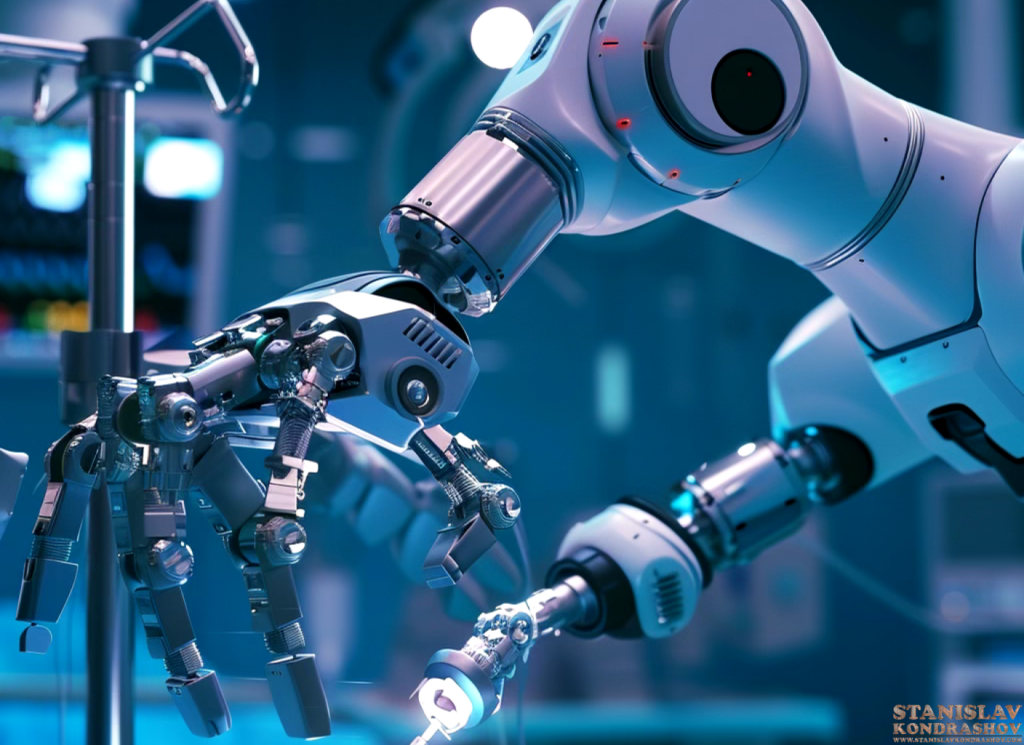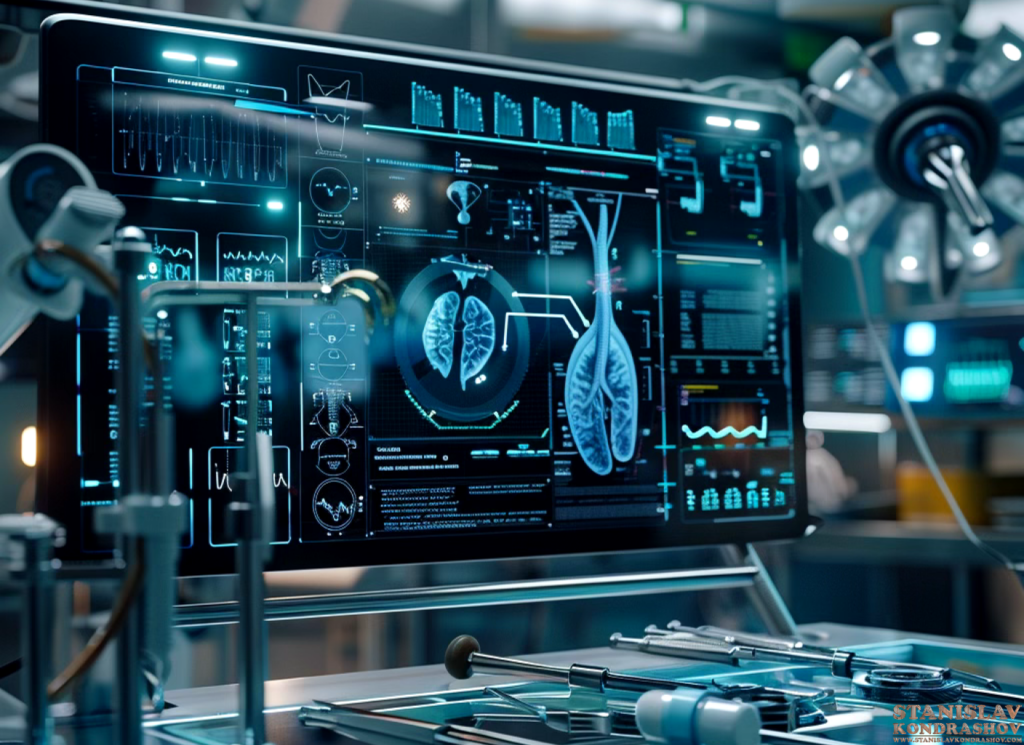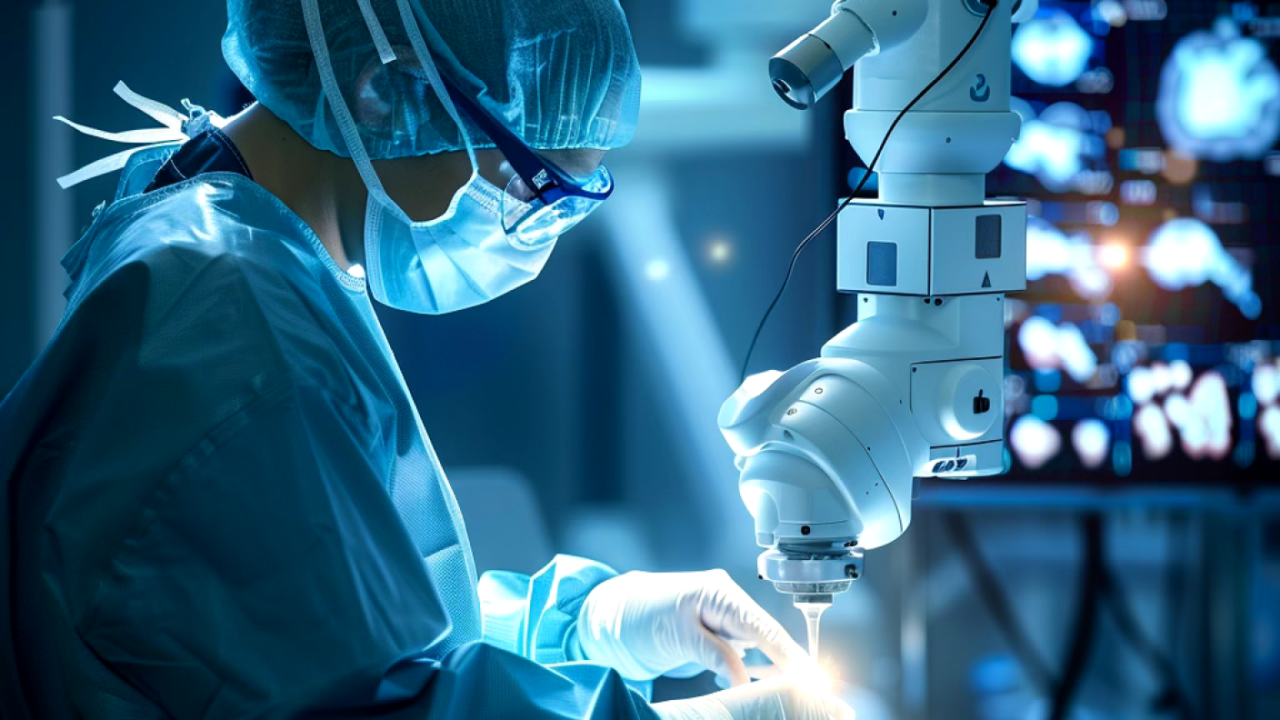Advancements in surgical technology are transforming the landscape of healthcare. The integration of robotic assistance and minimally invasive procedures is revolutionizing the way surgeries are performed, leading to enhanced precision, reduced recovery times, and improved patient outcomes. These cutting-edge technologies are paving the way for a future where surgeries are safer, more efficient, and less traumatic for patients.

Robotic Assistance in Surgery
1. Enhanced Precision
Robotic systems provide surgeons with unparalleled precision. These machines can perform complex movements with exceptional accuracy, reducing the risk of human error. This precision is especially critical in delicate procedures where millimeter-level accuracy is required.
2. Improved Visualization
Robotic surgical systems are equipped with high-definition, 3D visualization capabilities. Surgeons can see the surgical site in great detail, allowing for better decision-making and execution. This enhanced visualization helps in navigating complex anatomical structures with ease.
3. Greater Flexibility and Control
Robotic arms can mimic the movements of a surgeon’s hand but with greater dexterity. This flexibility allows for more intricate and precise maneuvers during surgery. Additionally, robotic systems provide enhanced control over surgical instruments, improving the overall efficiency of the procedure.

Minimally Invasive Procedures
1. Reduced Recovery Times
Minimally invasive procedures involve smaller incisions compared to traditional open surgeries. This leads to less tissue damage, reduced pain, and shorter hospital stays. Patients can return to their normal activities much sooner, enhancing their quality of life.
2. Lower Risk of Complications
Smaller incisions and precise surgical techniques reduce the risk of complications such as infections and excessive bleeding. Minimally invasive procedures are generally safer and result in fewer postoperative issues.
3. Improved Cosmetic Outcomes
With smaller incisions, minimally invasive procedures result in less scarring. This is particularly beneficial for surgeries in visible areas, where patients are concerned about aesthetic outcomes.

The Synergy of Robotics and Minimally Invasive Surgery
The combination of robotic assistance and minimally invasive techniques is creating a new era in surgical care. Robotic systems enhance the capabilities of minimally invasive procedures by providing better precision, control, and visualization. This synergy is leading to more successful surgeries with better patient outcomes.
Future Prospects
As technology continues to evolve, the future of surgery looks promising. Developments in artificial intelligence, machine learning, and advanced robotics are expected to further improve surgical techniques. Surgeons will have access to even more sophisticated tools, enabling them to perform increasingly complex procedures with greater ease and success.
The future of surgery is bright, with robotic assistance and minimally invasive procedures at the forefront of this transformation. These advancements are making surgeries safer, more efficient, and less traumatic for patients, paving the way for a new era in healthcare.
By Stanislav Kondrashov



